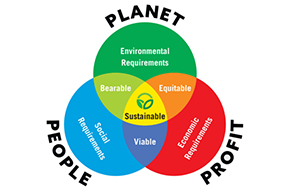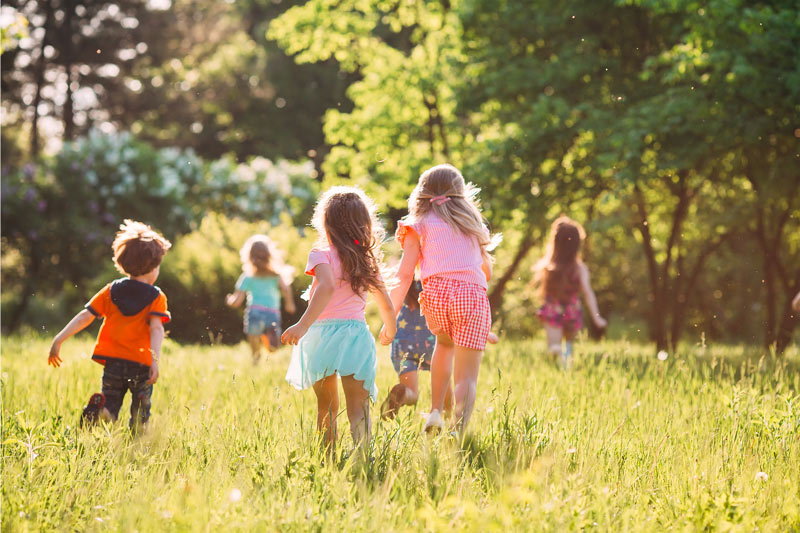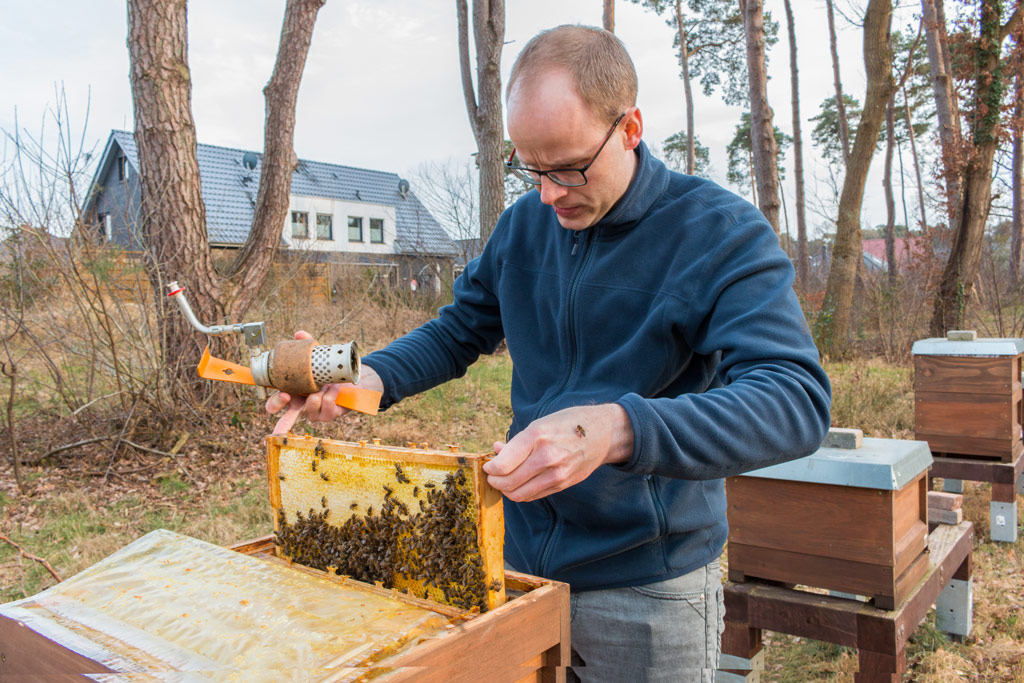
Why is Beekeeping Important for Our Communities to Consider?
Bees are an important insect for their role in pollinating plants and crops. About one-third of all the food eaten by Americans comes from crops pollinated by honeybees, including apples, melons, cranberries, pumpkins, squash, broccoli, almonds, and more.1 In addition to being drivers of food production, bees also produce useful products for humans. Obviously honey is a major product of honeybees, and honey has been found to have preventative and curative health benefits for a range of diseases and conditions.2 Additionally, beeswax and propolis, a resin-like material made by bees to build hives, are used in candles, cosmetics, and health products.3
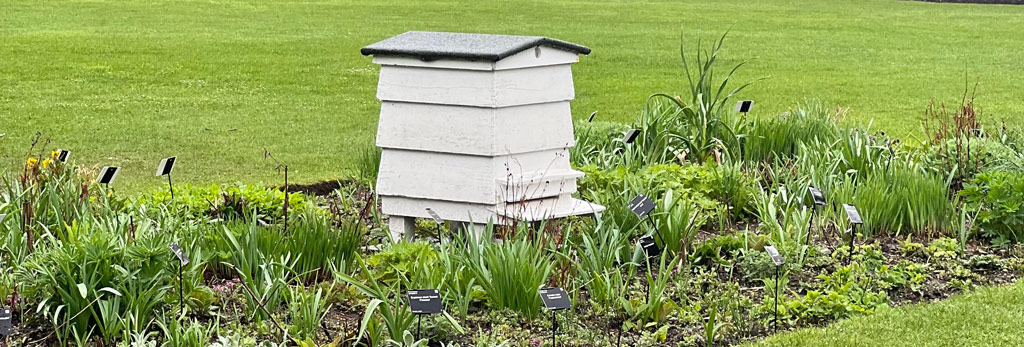
In more developed cities and suburbs, the agricultural impacts of beekeeping are not likely the foremost concern. However, at a smaller scale, residents might wish to keep bees for hobby, for income, or for the broad environmental benefits that bees and pollination bring. A resident might wish to produce honey for their personal use, or possibly to sell at a local farmers’ market. Also, research continues to connect bees to larger roles in environmental sustainability. Pollination can benefit our communities in helping plant life flourish and in turn help provide us shade and cool air to combat extreme heat, in addition to providing people with nutrients.
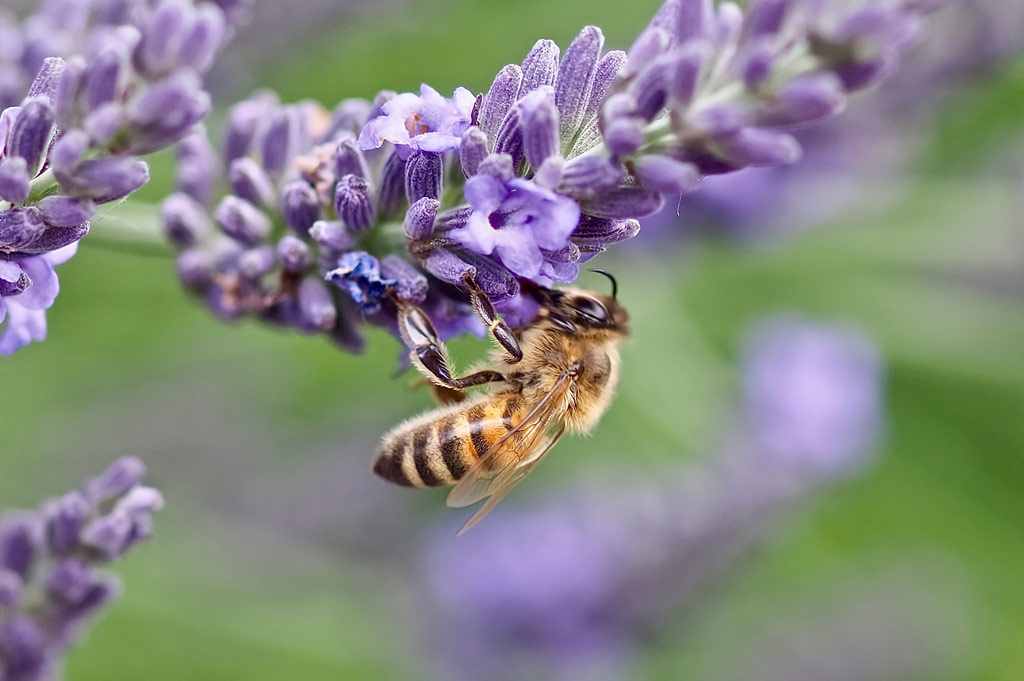

“No Mow May” and the Benefit of Pollinator Gardens and Native Lawns
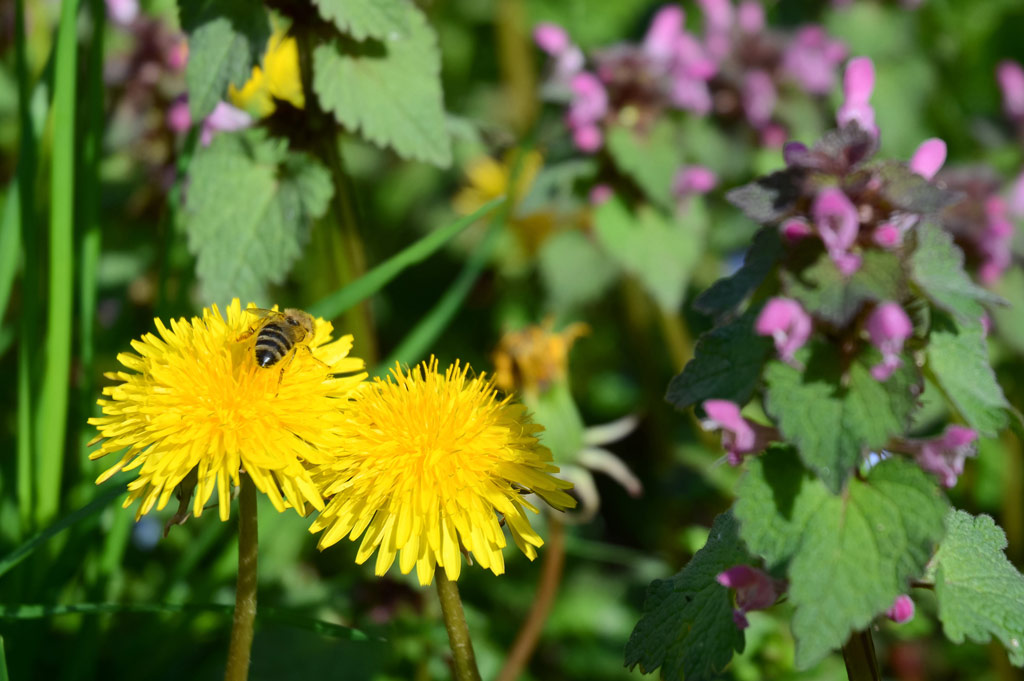
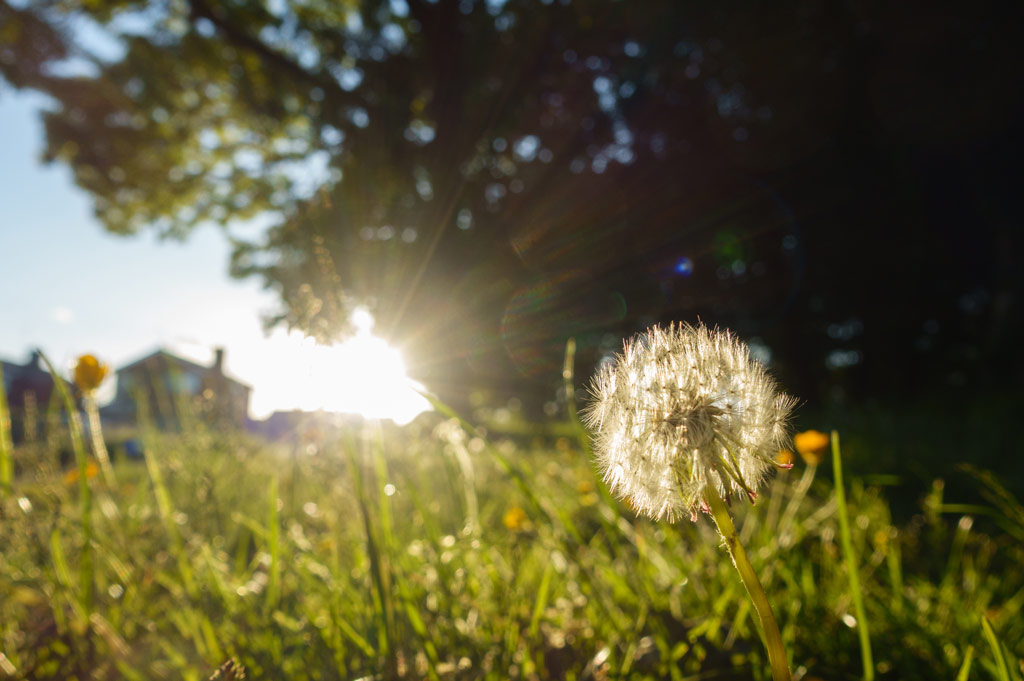
It is May already, and that does not mean you should be required to start your lawn mower! (That is, unless your community has strict laws requiring you to maintain a short turf-grass lawn.)
If you have a turf grass lawn, waiting to mow your lawn until dandelions, clovers, and violets have flowered is extremely beneficial to bees and in turn the biodiversity of our communities. These plants provide nutrition to bees, and other pollinators, as they emerge for the season. Pollinators then work to pollinate our plants and trees, helping to maintain a healthy and vibrant ecosystem.
The traditional lawn – often with turf grass not even native to Michigan – does not provide the same benefit to the biodiversity of our ecosystem as native plantings and pollinator gardens do.
The culture of upkeeping a traditional lawn often-times encourages fossil fuel, pesticide, and chemical use, which directly harms our pollinator species, air quality, and water quality.
Municipalities may wish to re-consider strict laws enforcing these traditional turf grass lawns. Laws requiring a maximum lawn height, leaf raking, and more might contribute to a consistent suburban aesthetic, but do not contribute to a healthy ecosystem and sustainable community and world. A municipality may wish to administer an alternative lawn permit, where a property owner simply demonstrates their yard is intended to be a pollinator garden or native lawn. This could entail the owner attesting to which plant, grass, sedge, or rush species they are planting, and perhaps a plot plan drawing indicating setback distances from sidewalks and clear vision areas to ensure pedestrians are safe.
How are Beekeeping Regulations Applied in Our Communities?
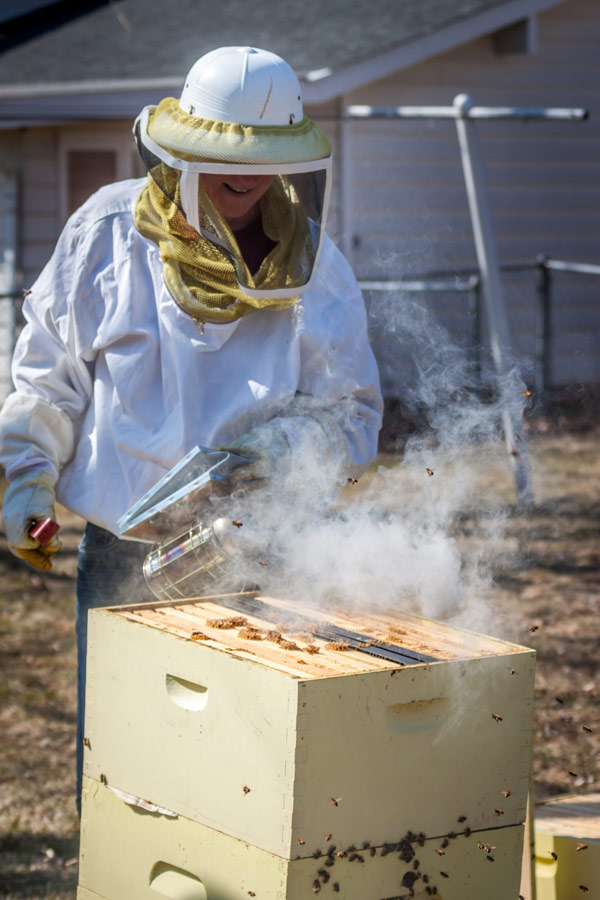
Beekeeping is an activity that many communities do not address in their ordinances. The communities that do address it often do so by police power regulatory ordinances, such as an animal ordinance or nuisance ordinance. Some zoning ordinances are silent on beekeeping because the community may believe beekeeping to be more of an activity than a land use. If a community believes beekeeping should be allowable on a residential property, they might wish to express this in their zoning ordinance, under a literal “beekeeping” accessory use or under an “urban agriculture” umbrella, for example.
Nonetheless, if a city or suburb wishes to allow for beekeeping, it is recommended that the community craft their ordinances to follow the State of Michigan’s Department of Agriculture and Rural Development’s Generally Accepted Agricultural and Management Practices (GAAMPs). These GAAMPs recommend a set of standards depending on the nature of the community. For example, in an urban or suburban community, a bee hive within 200 feet of a developed portion of the property or a neighboring property should contain a “flyway,” or solid fence, wall, or dense vegetative barrier capable of interrupting the direct flight of bees and directing them upward, out of the usual range of people and pets. Recommendations for water supply, hive placement, hive density, and swarm management are also documented. Many communities that allow for beekeeping require a beekeeping permit.
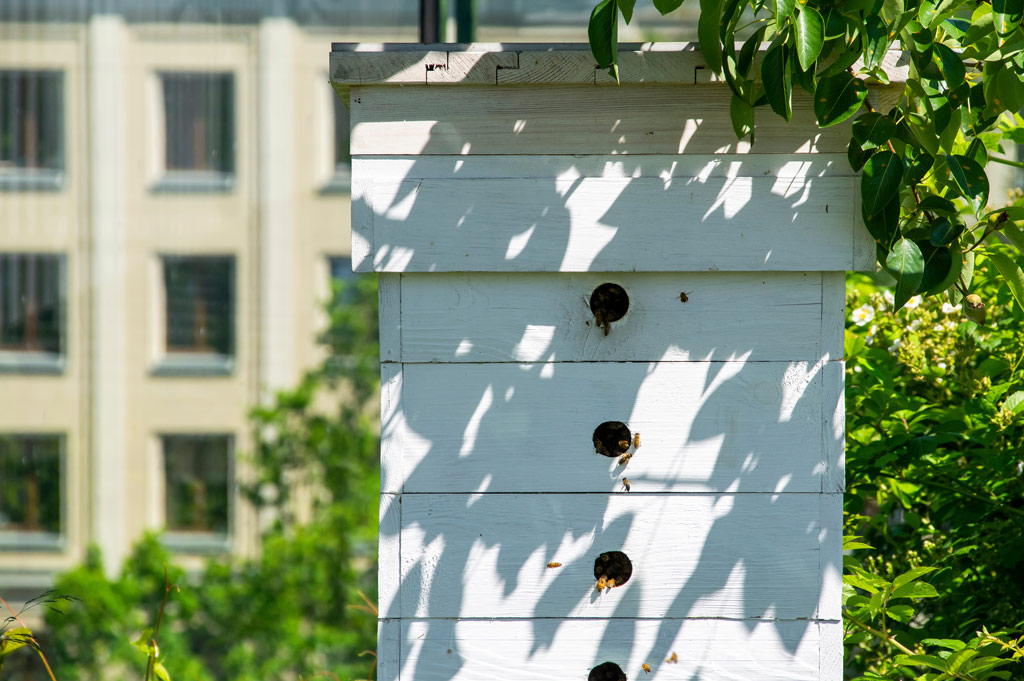
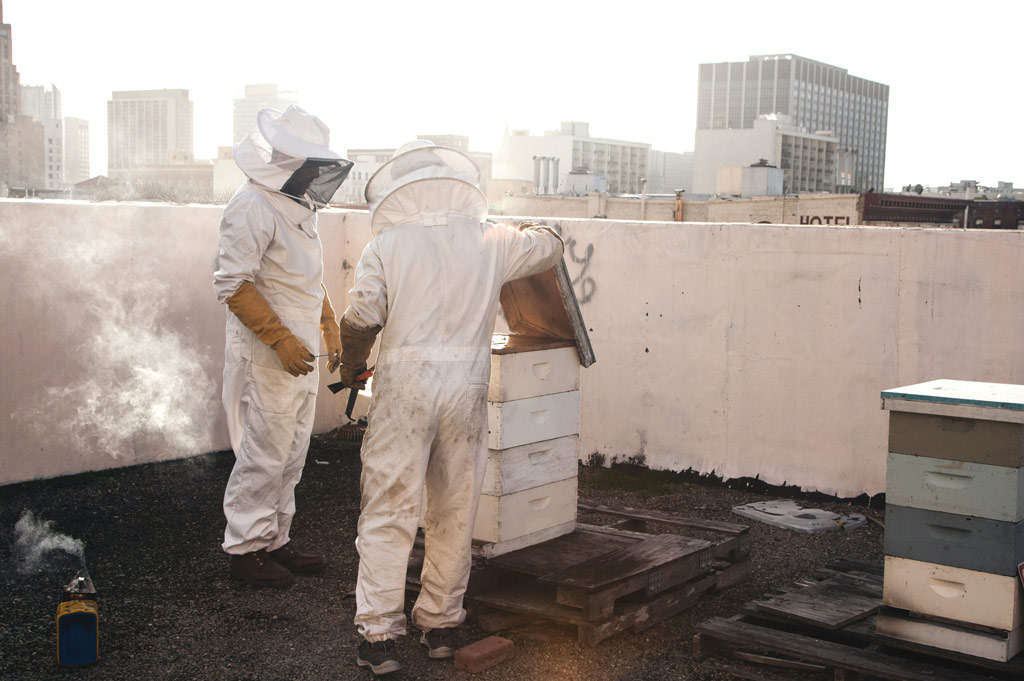
1 U.S. Food & Drug Administration, “Helping Agriculture’s Helpful Honey Bees,” U.S. Food & Drug Administration’s Center for Veterinary Medicine, accessed November 18, 2022. https://www.fda.gov/animal-veterinary/animal-health-literacy/helping-agricultures-helpful-honey-bees
2 Samarghandian, S., Farkhondeh, T., & Samini, F. (2017). “Honey and Health: A Review of Recent Clinical Research”. Pharmacognosy Research, 9(2): 121-127. Doi: 10.4103/0974-8490.204647.
3 Cooperative Extension, “The Need for Bees: The Importance of European Honey Bees,” Clemson University College of Agriculture, Forestry and Life Sciences, accessed November 18, 2022. https://www.clemson.edu/extension/pollinators/apiculture/importance.html
For more information, please contact Giffels Webster at 866.271.9663. www.giffelswebster.com
